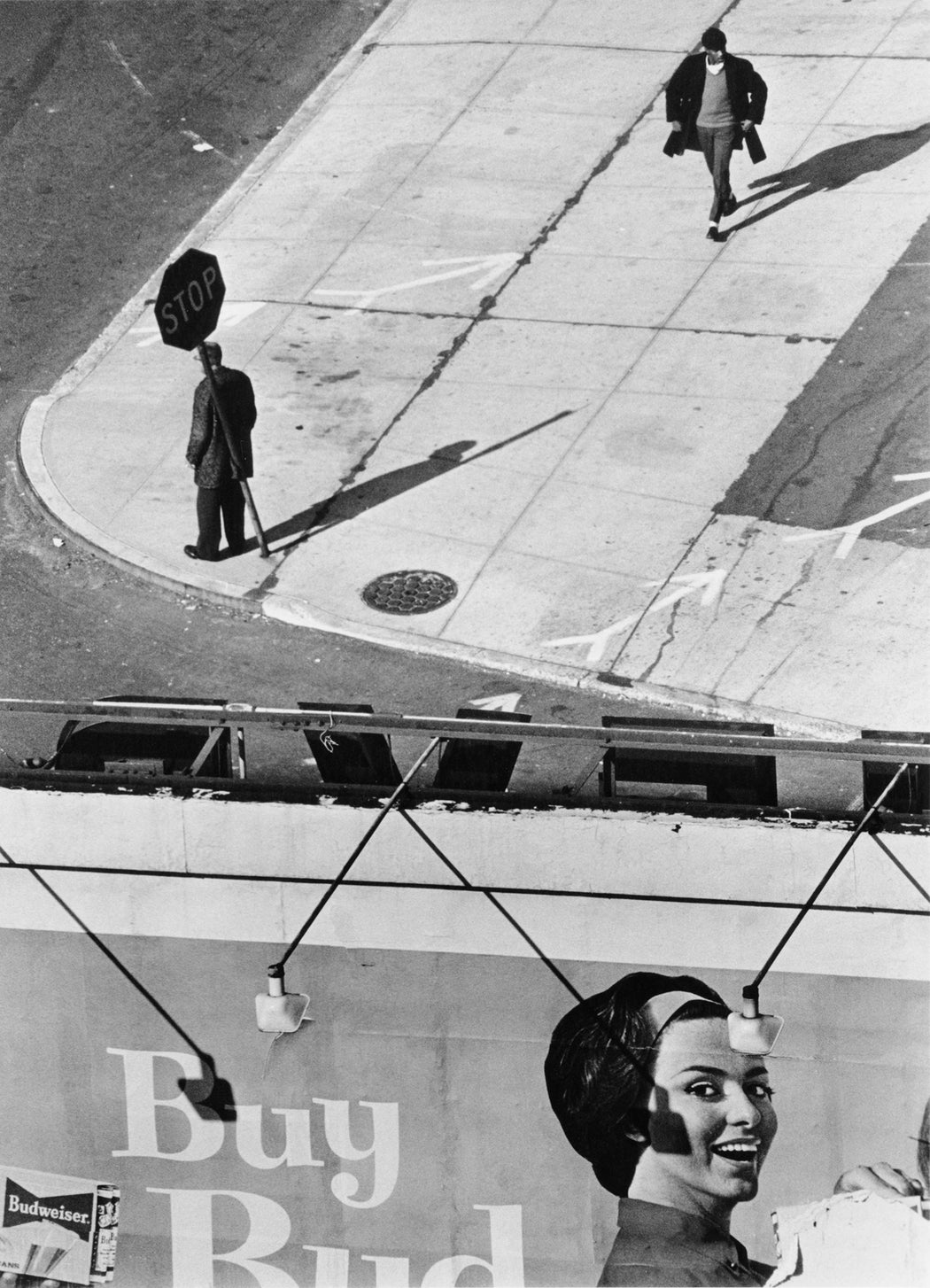
André Kertész
"Buy", Long Island University by André Kertész
 Toronto, ON)
Toronto, ON)
Learn about our Shipping & Returns policy.
Have a question? Read our FAQ.
- Artwork Info
- About the Artist
-
1962
Gelatin silver print
Estate stamp, in ink, au verso
Estate # 6-0209-029-2-1-17 G
Unframed
Printed circa 1980
Provenance: Direct from the Estate of André Kertész, New York -
In 1925, André moved to Paris to fulfill his dream of pursuing a career as a photographer. After a short period of both artistic and personal struggle, his pioneering vision, brought him great success. His approach to the medium helped to define the shape of photojournalism in Europe, and subsequently America. During the next eleven years, Kertész built an extraordinary body of work, influenced by and influencing the many Artists with whom he interacted in Paris between the wars.
In an increasingly competitive world, Kertész found his career began to fade in the mid 1930’s. With his wife Elizabeth, he left Paris for New York in 1936 in hopes of reinvigorating his art. From the beginning, his career in the United States proved problematic. His vision, personality and artistic temperament never found a home in American photojournalism. Unable to return to a Europe after the outbreak of WWII, Kertész struggled as he was not able to find steady work through freelancing. He finally secured a staff position to work for House & Garden magazine in 1947 where he languished for 15 years creating architectural photographs. Although adored by Conde Nast for shaping the look of the magazine, André defined this period as his “lost years."
In 1962, at the age of 68, deeply embittered by his lack of artistic and commercial success in America, Kertész broke his magazine contract to pursue his art; consciously redefining himself as an amateur. For the next 23 years, he photographed with the recaptured enthusiasm of his early years in Hungary and France. By the mid 1970's, he had reestablished himself as a major figure in the fledgling fine art photography world.
Just as Kertész’s reputation began to soar, his wife and lifelong companion, Elizabeth died in 1977 after a long battle with lung cancer. Grief stricken, Kertész turned to the Polaro1d SX-70 camera to express his pain and sadness. Although the elegant images that he produced are quite personal, Kertész’s keen sense of timing and delicate composition transforms these photographs into archetypal imagery capable of making deep emotional statements about the world around him. He created a powerful and voluminous body of work.
Using this small camera, he was able to work quickly and autonomously. The intimate size of the SX-70 resembled the small prints he had made during his early years, but as a mature artist these tiny frames played out more complex emotions and expanded his apartment into a new world of discovery.
His SX-70 work was the subject of a monograph in 2007 by WW Norton: André Kertész The Polaroids, with a forward by Eelco Wolf and an essay by Robert Gurbo.


